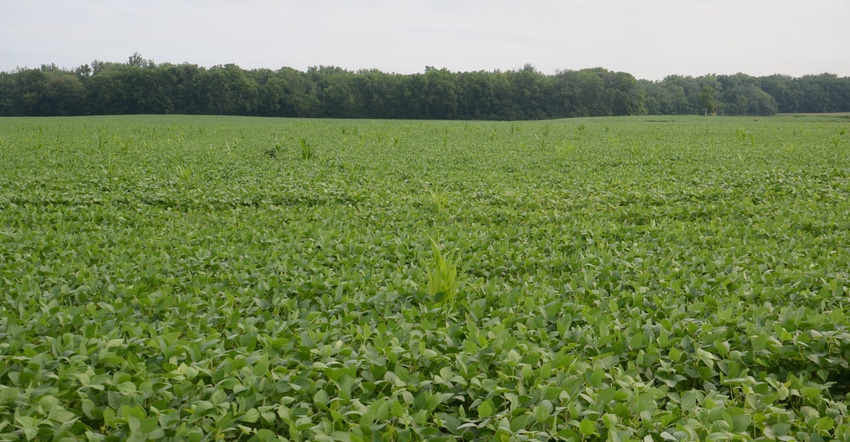June 6, 2022

If you received a property tax assessment notice around May 1 and opened it, it may have shocked you. If you didn’t open it, do so soon. You may not like paying property taxes, but understanding the system and how assessment works is how you can know when it pays to appeal your assessment.
“Some people were surprised how much their property tax bill payable in 2022 increased,” says Katrina Hall, legislative specialist and property tax expert with Indiana Farm Bureau. “But the biggest shock was how much their property assessment went up in 2022. That value is what property taxes payable in 2023 will be based upon.”
The increase in assessed valuation statewide drew comments on radio talk shows and cries for the Legislature to act. However, Hall says the important thing is to understand why assessed valuations went up, and what you should do, if anything, about your individual assessment.
“Assessors base assessments for residential property on two things,” Hall explains. “One factor is sales of similar properties in the area. The home sale market has been hot recently, so those values will be higher in most areas.
“The second factor is construction costs. Rather than using existing tables, the Department of Local Government Finance did their own calculations. So, the high cost of building materials contributed to higher assessed valuation.”
Ag values
The assessed value of bare farmland is based upon a formula agreed upon years ago. With farmland sale values up and commodity prices increasing, that value will climb based on higher net income, Hall says. Higher input costs may offer some offset, but it’s not clear how much. The value of bare farmland for assessment purposes rose to $1,500 from $1,290 so far, increasing just over 16%.
“What we’re watching closely is the increased valuation of farm buildings and structures, particularly livestock confinement barns,” Hall says. “It’s much harder to get relevant comparable sales, and we’ve asked that assessors not use this neighborhood sales factor on farm buildings.”
In fact, the Legislature passed Senate Bill 119, and it becomes law July 1. It prohibits assessors from considering local sales to value farm buildings. However, it doesn’t preclude them from basing valuation on building costs.
“We will see how things shake out,” Hall says. “Farm Bureau will be looking for estimates of how increased assessments impact 2023 tax bills. Hopefully, the construction materials increase is a bubble. If so, that factor should decline.”
Next step
If you received the form showing assessed valuation for ’22 payable in ’23, you have until June 15 to appeal. If you didn’t get that form, your county may be one of 17 that hasn’t processed them yet.
“If you’re in one of those 17 counties, you will have a full year �— or until June 15, 2023 — to appeal,” Hall explains.
She suggests appealing if you have questions. “An appeal gives you a face-to-face meeting with a county official, and a chance to learn how they arrived at your values,” Hall says.
It’s also a good time to scrutinize your assessment. Perhaps you’ve removed a barn, grain bin or small shed, but it’s still on the county assessor’s records.
“Now is the time to take care of it,” Hall says. “Read the form closely. If you don’t understand something, ask questions.”
Comments? Email [email protected].
You May Also Like




